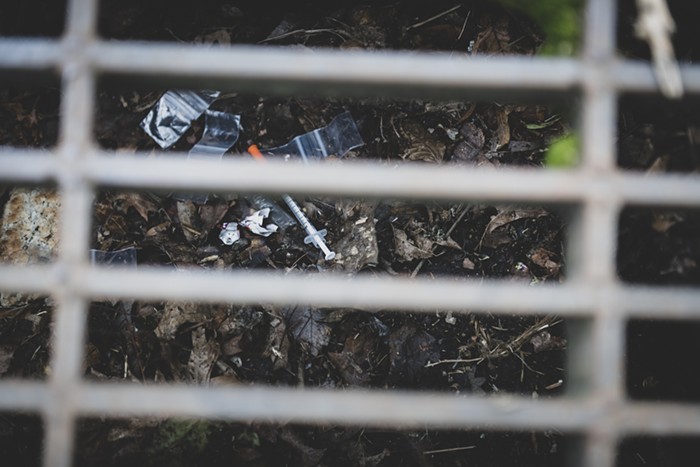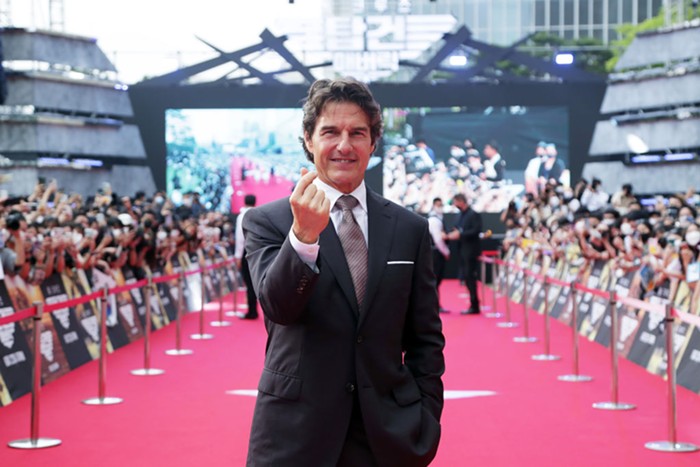The Act of Killing is one of the most chilling documentaries ever made. Director Joshua Oppenheimer invited a few surviving leaders of Indonesia's death squads to dramatize the atrocities they committed in 1964 and 1965, during the so-called "communist purge," when hundreds of thousands of civilians were killed. Then Oppenheimer filmed them. The Act of Killing's subjects are like kids at summer camp doing a particularly gory skit: Using styles borrowed from musicals and gangster films, they reenact the murders, torture, and rapes they committed. Most of the men were remorseless. Many were still in power.
The Look of Silence is a companion piece to The Act of Killing, and like its predecessor, it too boasts Werner Herzog and Errol Morris as executive producers. This time, Oppenheimer takes a more straightforward look at the profound moral confusion of a country whose power structure was propped up by the relatively recent murder and torture of a huge segment of its population. But while Silence lacks the ghoulish, campy reenactments that made The Act of Killing so horrifically fascinating, it does have something Killing didn't: A moral center.
That center is Adi Rukun, a cheerful optometrist whose brother, Ramli, was killed during the purge. Adi is even-keeled and thoughtful—playful as he reads and jokes around with his adorable daughter, more solemn as he explains to his son that the version of history being taught in school is a lie.



















